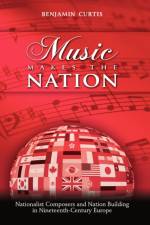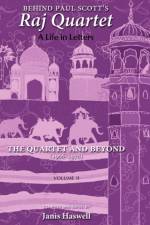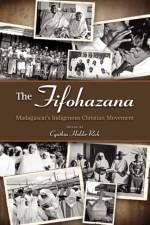- Madagascar's Indigenous Christian Movement
1 317
In 1894 Jesus appeared in a dream to Rainisoalambo during a period of intense national crisis shortly before the French colonial invasion of Madagascar. An educated member of the southern highlands aristocracy, Rainisoalambo was also a traditional medicine man who had fallen into grave difficulty. Being stricken with a case of then-rampant leprosy, his business had vanished and he and his family were starving. In this vision, Jesus told Rainisoalambo to put away his sampy, the small idols and charms he used for his traditional divining and healing. When he awoke, he found that he was healed. He quickly got rid of his charms and began a new life of fervent prayer, witnessing to his neighbors about what had happened, and reading the gospels with new eyes, as current reality rather than ancient reports of the far-away dealings of the white man's god. A group of believers soon gathered around him. Within a year of intense activity they had formally organized themselves at Soatanàna into what we would now call a base community, the Disciples of the Lord. Their simple rules called them to lives of economic sharing and self-sufficiency, cleanliness and orderliness in their persons, houses, and lands, learning to read the Bible, daily communal prayers and study, and sending out apostles and evangelists to establish other such households and communities. This was the beginning of what is now called the Fifohazana, or Awakening. More than a century later the movement comprises several tobys, or base communities, following the appearance of several more prophets, female and male, and their miracle-working. The members of the movement, or mpiandry, live throughout the island, some in the tobys but most in the cities and villages as members of a variety of churches. The Fifohazana continues to stress spiritual healings, exorcisms, personal service to the poor and sick, cleanliness, prayer, Bible study, and witnessing. This volume provides the reader with a very clear understanding of what the Fifohazanamovement is all about historically, theologically, in terms of the main characters involved, its tremendous contributions to what a Christian healing ministry might ideally be, and as it relates to the larger world of church and society. The book is strengthened by the contributions of a diverse international group of scholars and participants in the movement. This has fostered the creation of an authentic piece of research, which combines the actual voices of participants within the movement itself along with the perspectives of scholars, who analyze the movement from the external periphery. This is the first book-length treatment of the Fifohazana in English. Editor Cynthia Holder Rich has gathered contributions from authors from five countries, including several members of the movement, to offer several perspectives onto the history and current life of the movement. Articles include analysis of major movement leaders, the place of healing in the movement, history of the conflict between the missions and the movement, the significance of oral expression in proclamation and as a means of revival, the role of women as leaders in the movement, and theological issues. The Fifohazana is one of the most intriguing current instances of indigenous Christianity in the world. While the movement has greatly evolved and changed in over a century, Jesus continues to appear and raise up new leaders. Various branches of the movement have developed a variety of institutions, but the movement has not lost its power of transformation and change. The Fifohazana: Madagascar's Indigenous Christian Movement is an important volume for research libraries, universities, African studies institutions and theological schools.




